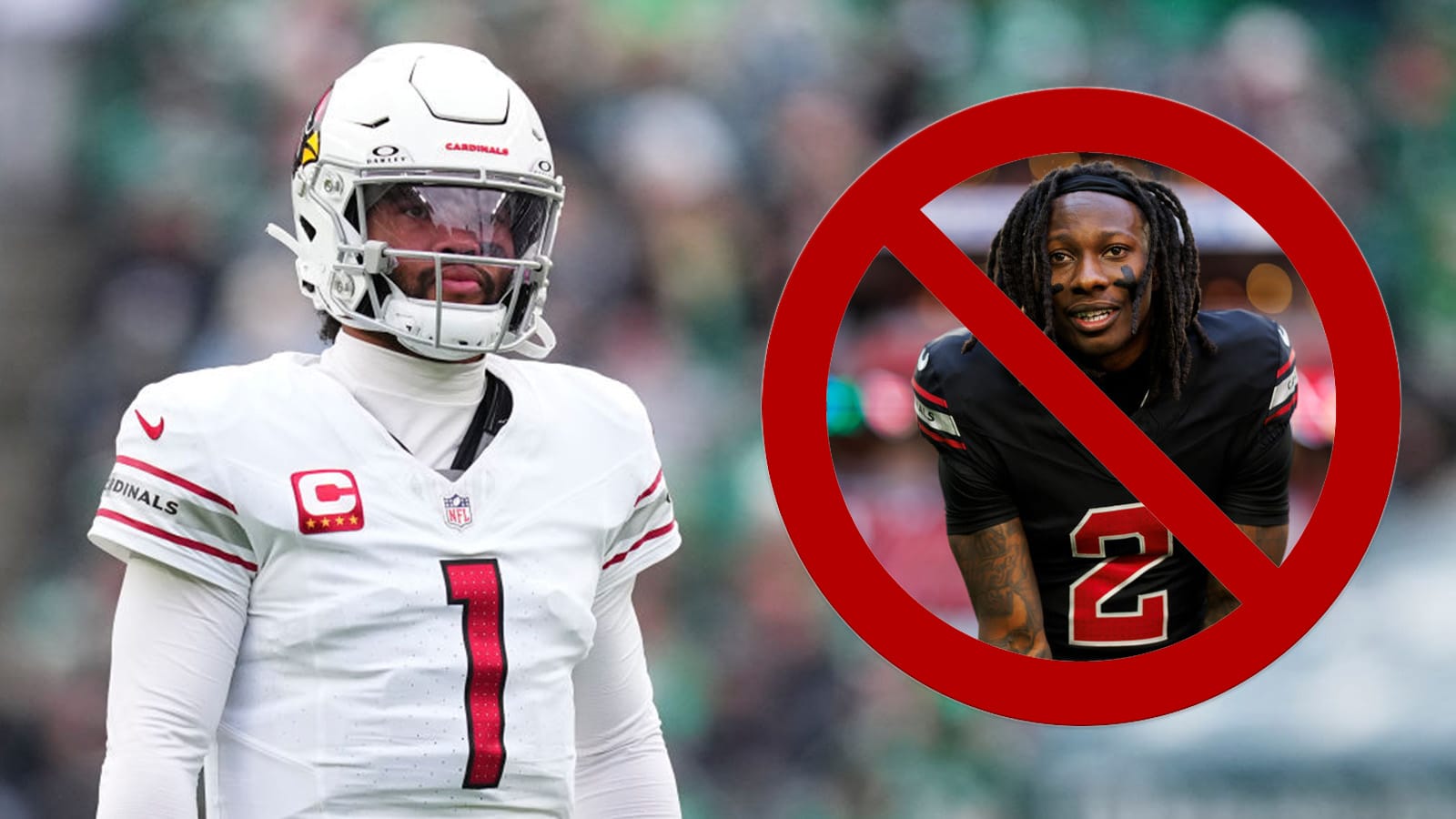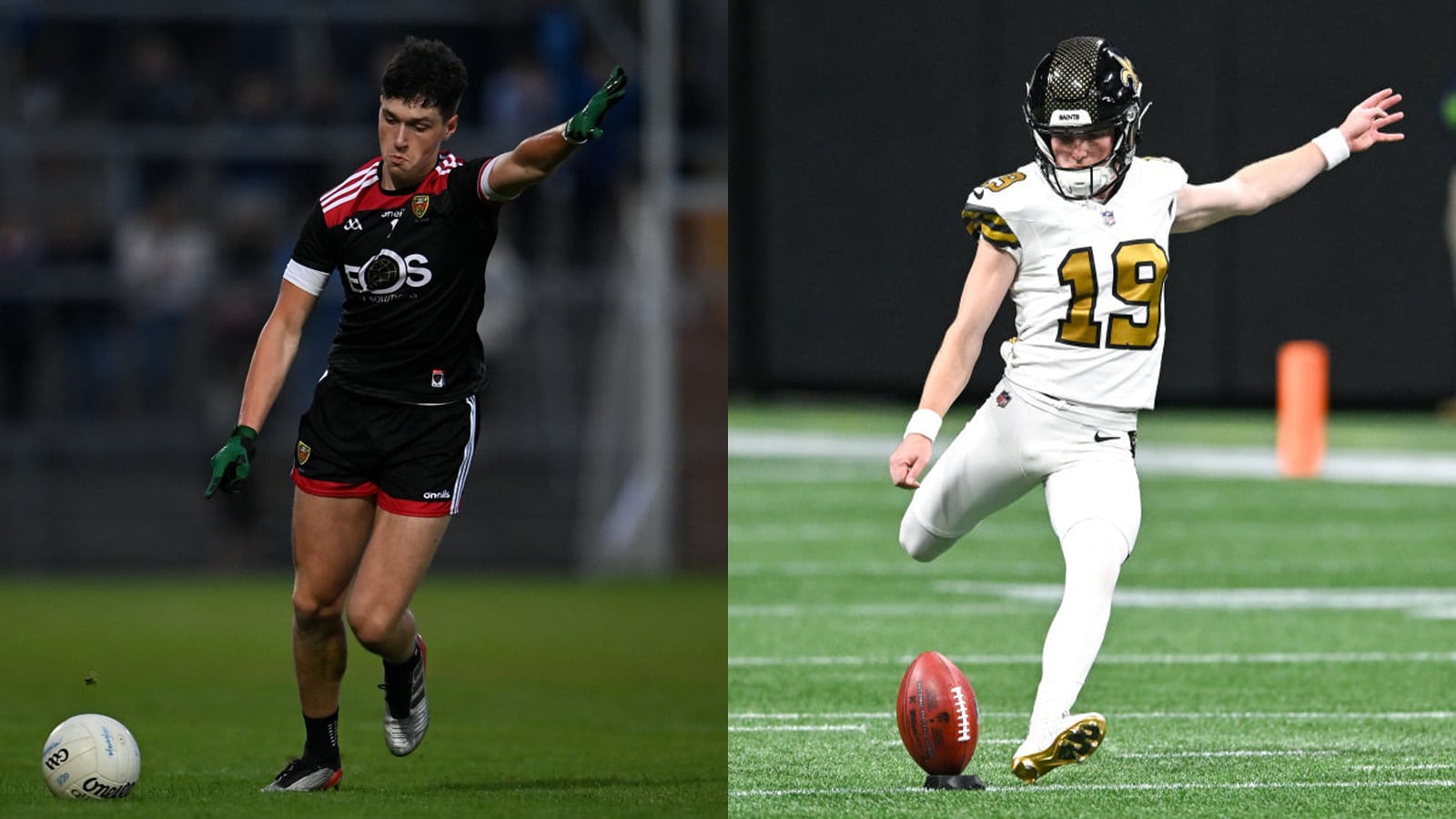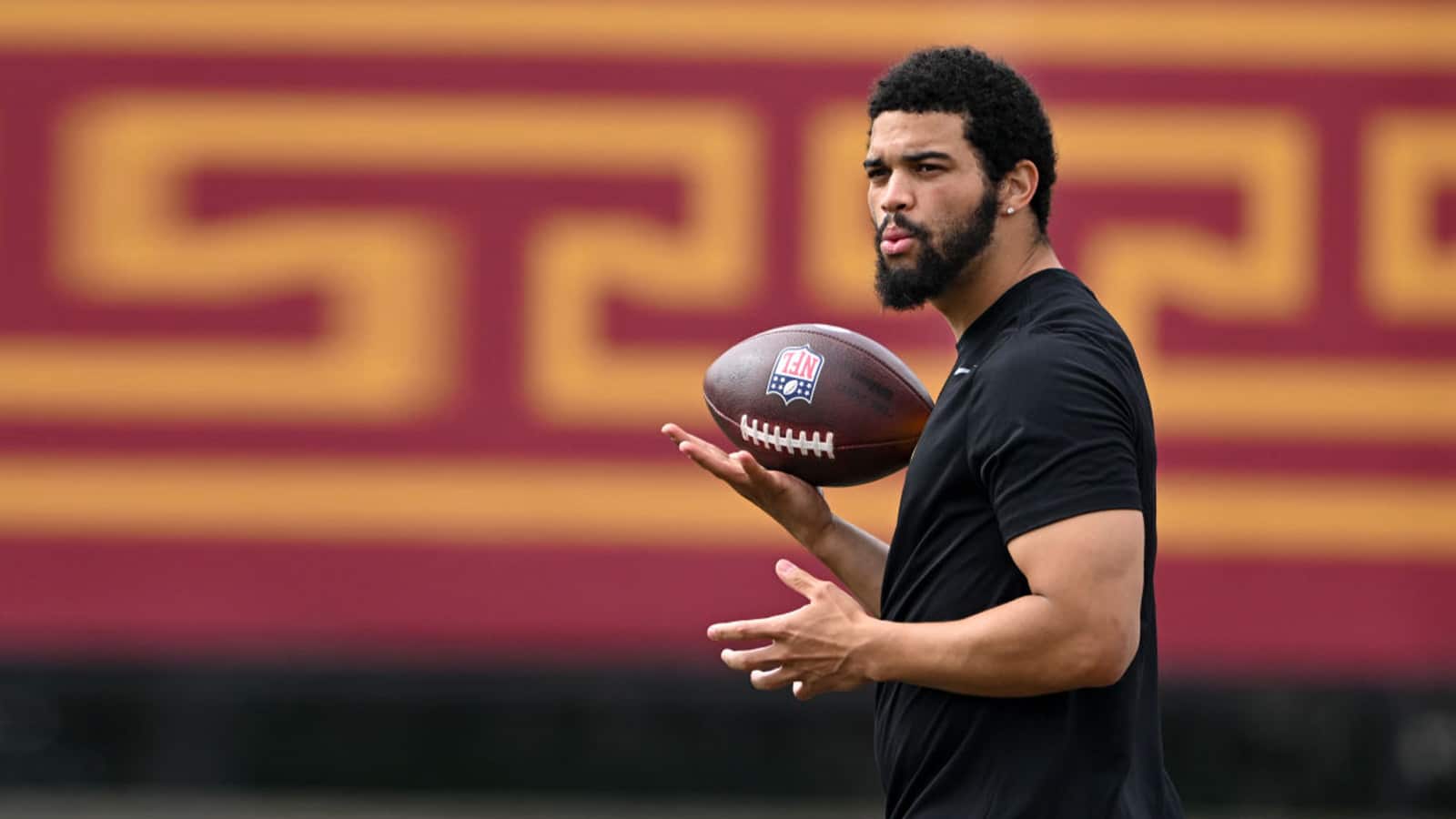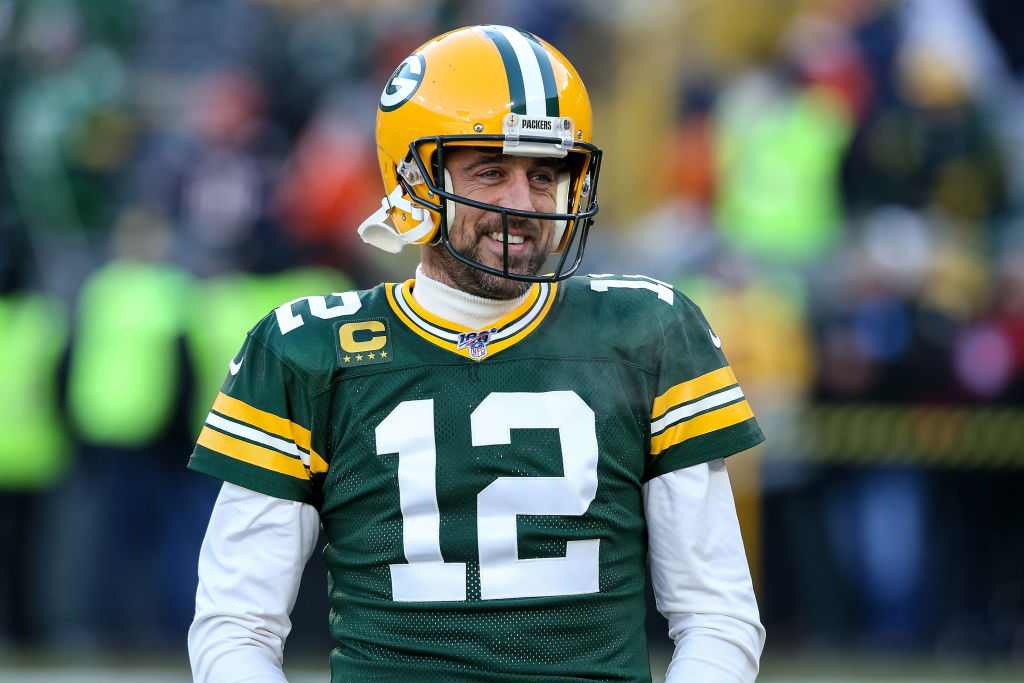
How Do NFL Football Players Get Paid?
It’s become common knowledge that NFL players make are among the professional athletes that get paid at a high rate that would make any typical 9-to-5 job look menial in comparison. At that same juncture, it has drawn questions concerning how the players are paid by their respective teams each season under their individual contracts. With all that in mind, here is some insight into the entire process for NFL players to get their pay.
How do players get paid throughout the season?
That is likely the most commonly asked question about the process as there is much curiosity about how these players get their payday from their lucrative NFL contract.
It is a process that sees them earn weekly pay from their base salary aside from their signing bonus, roster bonus, and other such payments. That runs through the entire regular season from the first game of the year on through Week 17, including the bye week. What should also be noted is that the team payments and contracts only run through the regular season.
It’s a shift for all the players in terms of their pay as it’s a different scale and method altogether for the select few that reach the playoffs.
What do players get paid in the playoffs?
The payment from the regular season is at an entirely new rate that is away from each player’s contract due to the current Collective Bargaining Agreement between the players and owners.
The scale at this point sees every player on a team in the playoffs make $27,000 if they are on a Wild Card team or $29,000 if that wild-card team is a division winner. If a team reaches the divisional round, it’s $29,000 to each player, while that rate increases to $54,000 for organizations that reach the conference championship round. For those wondering, the max amount that can be gained for the pay in the postseason for a wild-card division-winning team that wins the Super Bowl is $123,800.
There is a significant hike if an organization wins the Super Bowl with players earning $118,000, but only $59,000 for players on the losing team at stage in the playoffs. It should be noted that the franchises that earned a first-round bye do not receive payment for the wild-card round of the postseason. Still, at the same token, the amount for conference championship games and the Super Bowl is nuanced and determined by the player’s most recent activity on the field.
How NFL contract bonuses work
Bonuses are added to the contract so that players can earn more money behind their strong play on the field. There are several different types that a player and their agent can negotiate with the team.
Signing Bonus: That is essentially money earned when the player signs his deal with a team. That is typically paid to them within the first 12-18 months after the contract is inked, and it’s prorated to the salary cap for the life of the contract (five years maximum).
Roster Bonus: The money a player earns from being on the roster by a specific designated date, which is counted in full against the salary cap in the year that they are paid. It is typically something that is used to help prevent signing-bonus proration along with being able to push dead money down the line.
Teams can also give a roster bonus on a per-game basis for that said player for being on either the 46-or-53 man roster. If a player has a $1 million per-game roster bonus, it will be $62,500 per contest that he is active.
Option Bonus: This allows a team or sometimes a player, the chance to use the current or future years of a deal by paying a bonus. That can be prorated over the last life of the contract for up to five years.
Workout Bonus: It is money agreed upon for a player attending an agreed amount of offseason workouts. Lastly, there is a reporting bonus that is earned by reporting to team activities by a specific date.
How contract incentives work
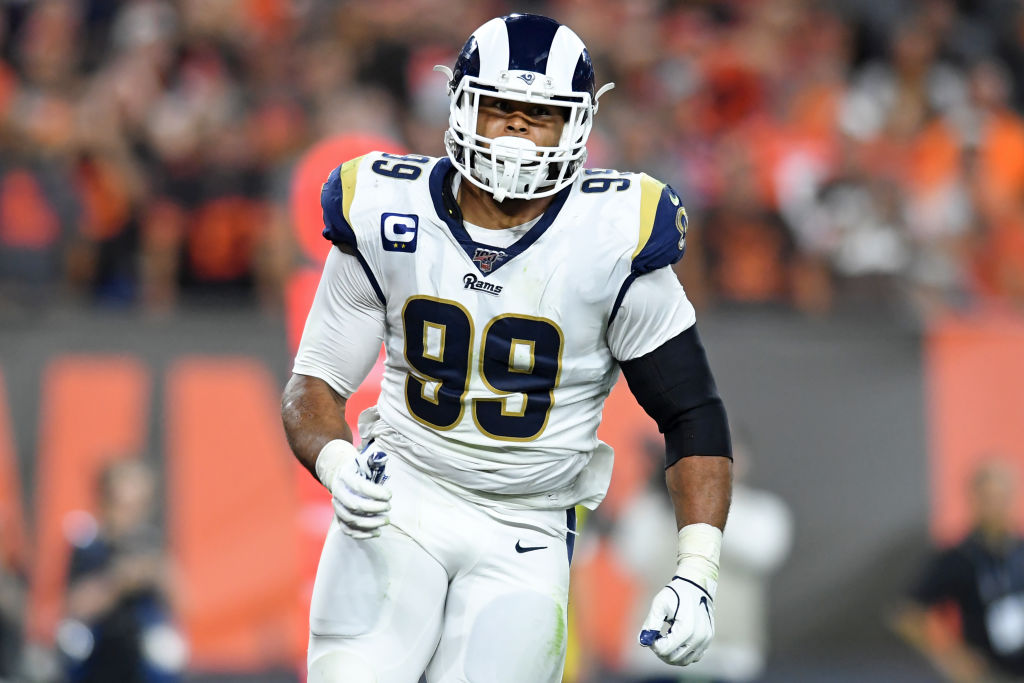
One of the most discussed parts of a contract is often the incentives that are added to the deal to motivate further the player to perform well.
There many different ways an incentive can be formed for players at different positions. There are two types of incentives that teams can provide, which are LTBE (Likely To Be Earned) or NTLBE (Not Likely To Be Earned). For example, if a player has a $500,000 incentive for rushing for 1,000 yards in the upcoming season and he had that amount the previous year, that is considered LTBE.
However, if the incentive goal isn’t one that hasn’t be reached in their career before, it’s then viewed as NLTBE. The LTBE incentives are the ones that are counted towards the team’s salary cap in the season they are set. Meanwhile, the NLTBE ones don’t possess that same quality. The teams pay the player in February or March after the season in which they are met.
